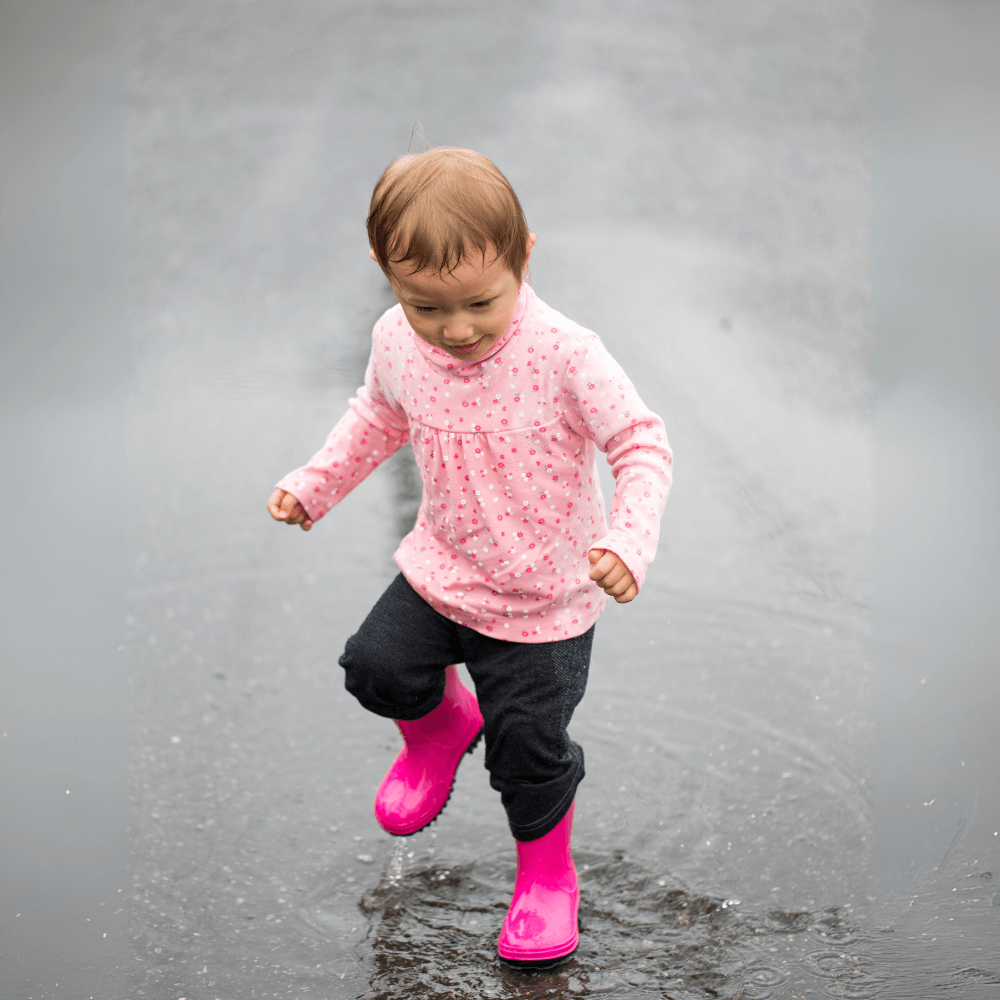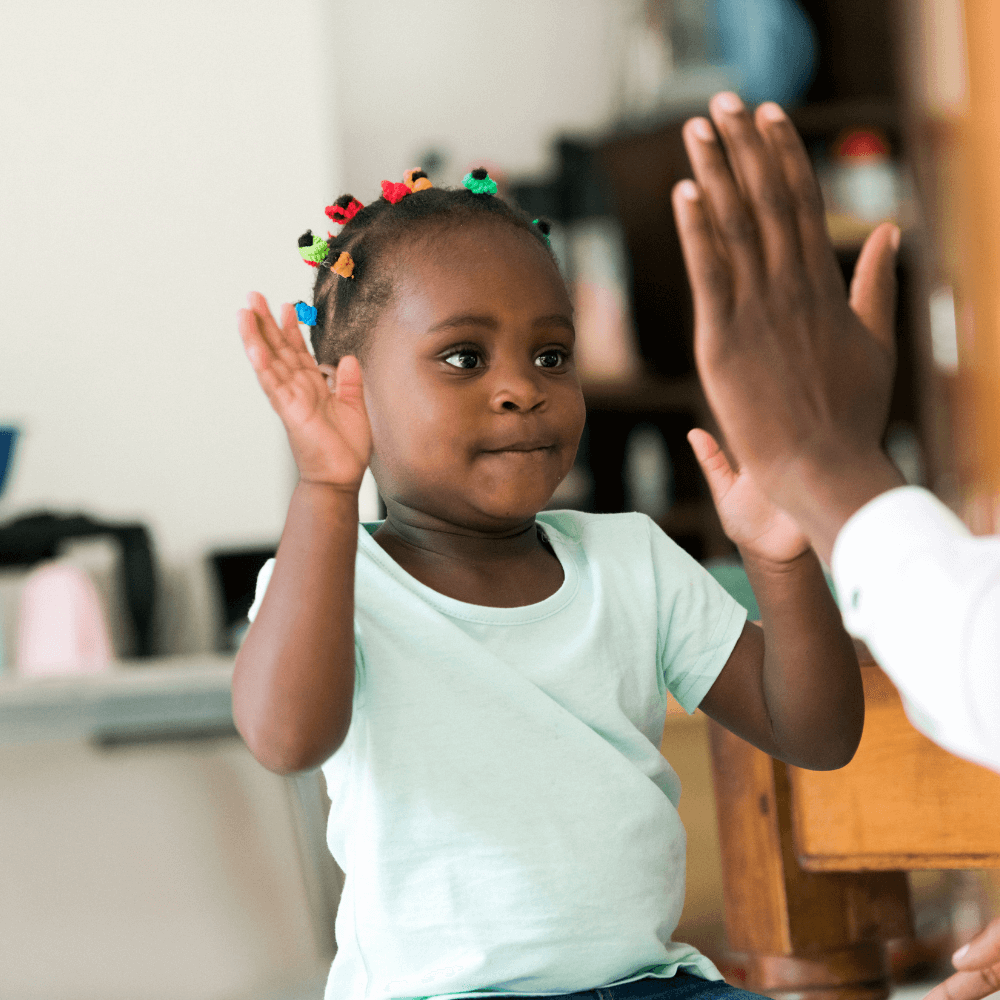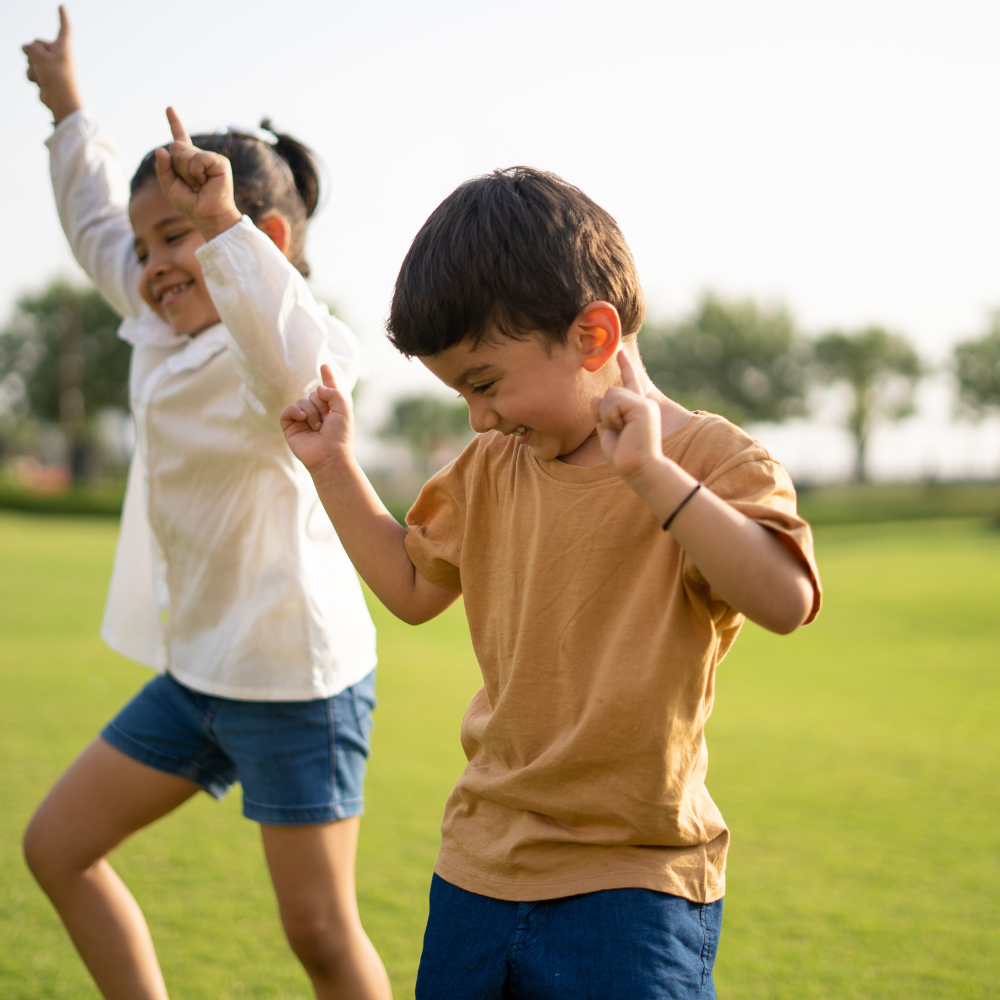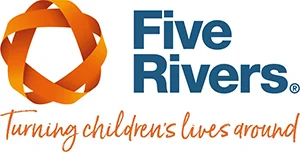Matching Their Dance: Supporting Emotional Regulation in Children Through Sound and Motion
Friday 08 August 2025
Last updated: Thursday 11 September 2025
Eoin Donnelly is a Clinician Practitioner in our expert Clinical Services team and works closely with Foster Carers and Supervising Social Workers on the emotional challenges of providing care to traumatised children.
He helps carers find the best ways to meet the needs of the young people they care for by guiding them through emotional and behavioural challenges.
In this article, Eoin shares a way to help with emotional and behavioural regulation. He focuses on meeting young people’s sensory needs which promotes greater stability.
Eoin uses a “bottom brain up” approach. This means he works from the primitive brain to the limbic brain, and then to the cortical brain, using a rhythm that focuses on the senses.
A Therapeutic Story to Help Us Think Differently
By Eoin Donnelly, Fostering Clinician
I’d like to begin not with facts, but with a story — because sometimes therapeutic stories invite us to see our children in deeper, new ways. Stories don’t demand logic; they invite reflection. They help us step out of executive functioning and into empathy — something our children need from us every day. This story isn’t for the child, but for us, the adults around them.
The Stomping Child
 There was a child who couldn’t stop stomping. Whenever someone spoke, they stomped harder, shouted louder, bumped bigger — up the stairs, in the park, through school, even at breakfast. Adults told them to stop, to quiet down, to be still and “good.” But the stomping didn’t stop; their little body was just full of noise.
There was a child who couldn’t stop stomping. Whenever someone spoke, they stomped harder, shouted louder, bumped bigger — up the stairs, in the park, through school, even at breakfast. Adults told them to stop, to quiet down, to be still and “good.” But the stomping didn’t stop; their little body was just full of noise.
Until one day, someone came along who didn’t try to stop the stomping.
They watched. They listened.
Then gently tapped their foot in time with the child.
Then a hand clap.
Then a low hum.
They started a rhythm — with them, not at them.
The child slowed, turned, clapped once. Then twice.
They stomped together.
For a moment, in the middle of the chaos, there was music. And the child smiled.
Why Rhythm Matters More Than Rules
When children are dysregulated, their bodies often speak louder than their words. Trauma lives in the body — and so does healing.
Rhythm is a powerful neurological regulator. Before a child can reason or reflect, they need to feel safe in their body. This means we need to think less about controlling behaviour and more about meeting their body where it is.
Children develop from the womb through early life in an environment where the world is understood not through language, but through movement, rhythm, and sensation — the steady beat of a caregiver’s heart, the sway of being held, the rhythm of breath and body.
Imagine your experience as a baby or toddler without words. Being understood through rhythm and movement lays the foundation for emotional, sensory, cognitive, and relational development.
That’s why rhythm isn’t just a strategy — it’s a return to the original language of safety and connection.

How Rhythm Looks in Practice
• Sing instructions instead of saying them sharply. Speak in a sing-song tone — let your voice rise and fall like music. This gentle musicality softens interactions and engages the child’s sensory system.
• Play “pass the rhythm” or hand-clapping games to build connection. These can be simple copy-me games or rhythm chains where each person adds a sound or beat. It becomes a playful, attuned exchange.
• Use foot stomps, claps, or drumming as a shared language before trying to correct behaviour. These rhythms help regulate arousal and build a non-verbal bridge to connection.
• Sway or hum during moments of distress rather than instructing immediately. Hold the child in a hug, sit close, or simply match their breathing and energy. By “meeting them” in the moment, you create a co-regulated state from which calm and thinking grow.
These are not distractions. They are invitations to co-regulate. They help us meet the child where they are. We can gently guide them toward safety and connection.
Rhythm as a Tool of Engagement and Connection
When done well, rhythm becomes more than an activity — it’s a powerful relational tool.
When caring for a child or young person ask yourself:
• How do you use your voice rhythmically? Do you default to hard, stressed tones, or can you experiment with pitch and musicality to soothe and engage?
• Can you match the child’s energy rhythmically before guiding it elsewhere? Use your body and voice as instruments of connection.
• What would it feel like to “dance with their distress” instead of shutting it down? How would that shift your mindset from managing behaviour to meeting need?
This doesn’t mean chaos or indulgence — it means joining their tempo, then gently shaping it toward safety and calm.
Full-body Regulation: Beyond Sensory Corners
Sensory strategies can become tick-box exercises if we forget their relational context. Sensory support isn’t just chewy toys or fidgets — it’s being deeply tuned into how the child experiences the world and joining them there.
Think sensory in everyday moments: brushing teeth, dressing, walking to school. Notice how these routines offer different sensory input and how they affect behaviour.
Make body regulation playful and mutual:
• Marching games where you match steps with the child or young person. Add stomps, humming, or clapping for structure or stimulation.
• Silly walks or mirror dancing to shift stuck energy and build connection through joyful movement.
• Humming while brushing teeth or singing through daily routines to bring rhythm and predictability to transitions.
Many children ‘don’t hear’ words but are deeply tuned into rhythm, movement, pitch, and emotional tone — their first language. Imagine experiencing the world where words are muffled background noise. You rely on how things feel — the energy, tone, movement. How would you read that situation?
Leading with rhythm, presence, and sensory connection speaks to the part of the child that knows trust and safety — and, eventually, growth.

Final Thought: Matching their Dance
When a child is dysregulated, we often ask them to stop, settle, comply.
But what if, instead, we ask:
What is the rhythm of their body right now?
How can I meet it — and gently shape it?
This is regulation.
This is relationship.
This is nurture in action.
Let’s clap with them.
Let’s stomp beside them.
Let’s match their dance — until they’re ready to understand a new one.
Find out more about how our Clinical Services team supports our Foster Carers
Our Clinical Services team have developed out of the need to ‘transform the lives of children and young people’, focusing on those who were accessing our specialist integrated education, residential and fostering services.
